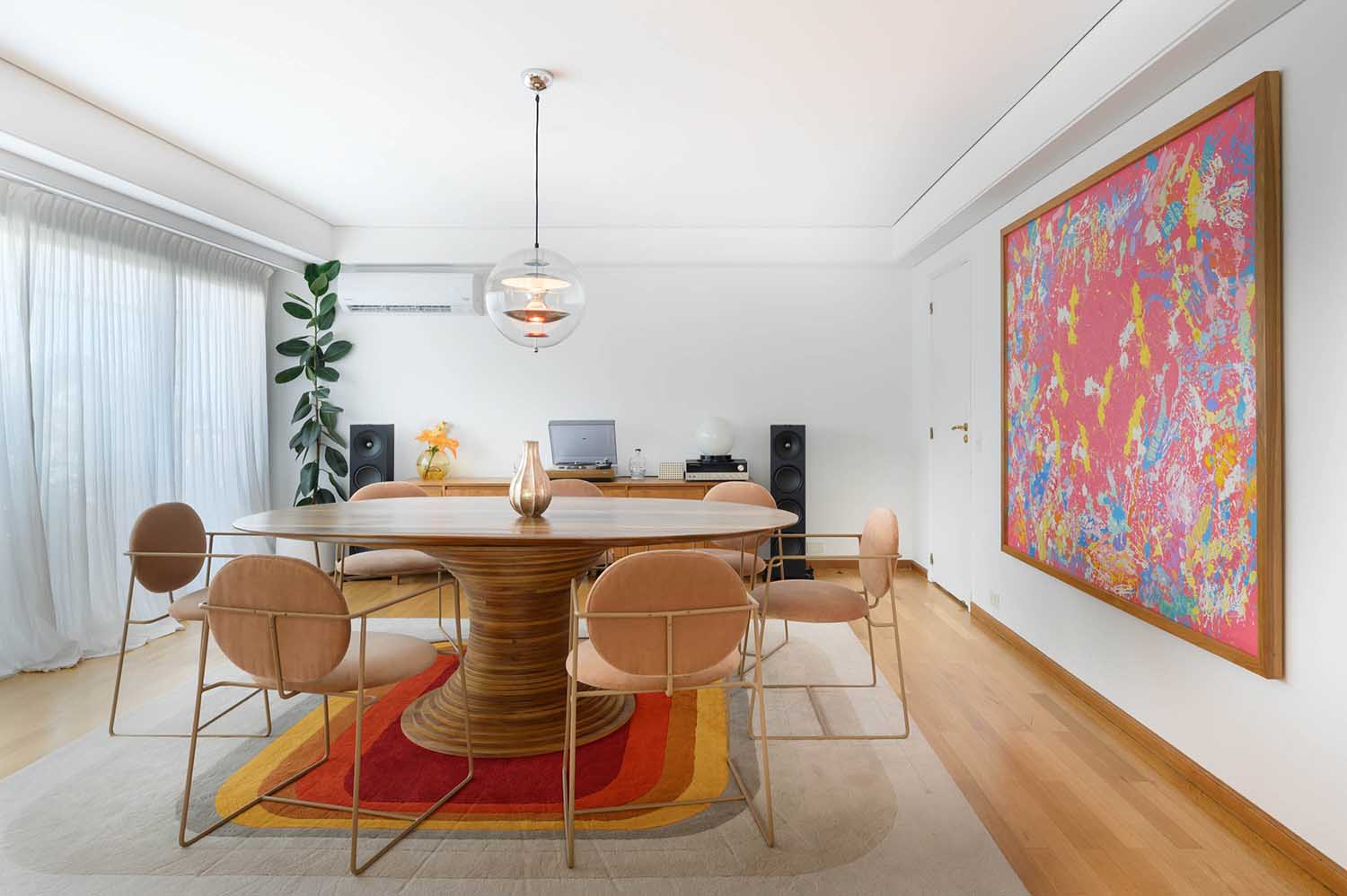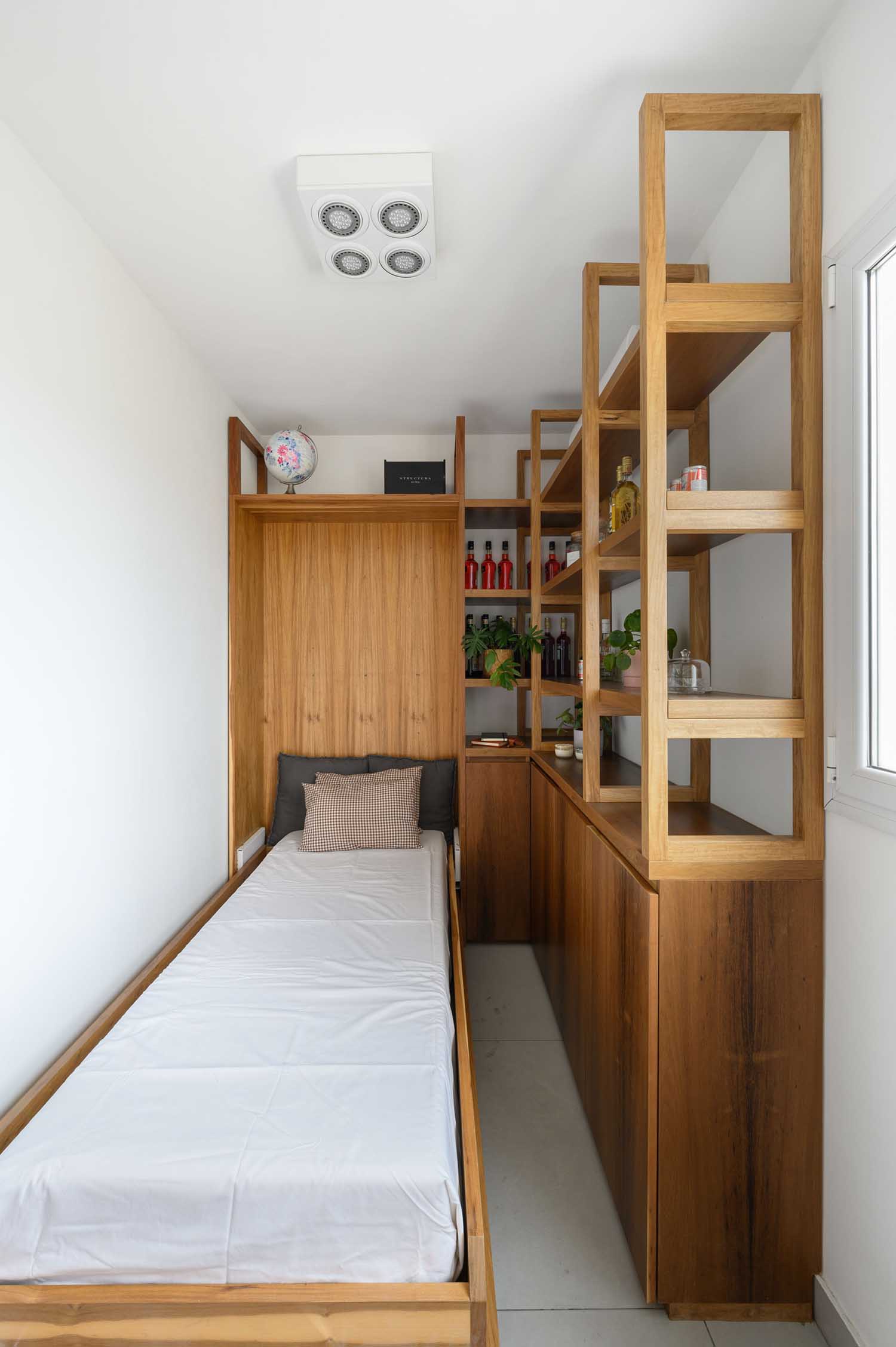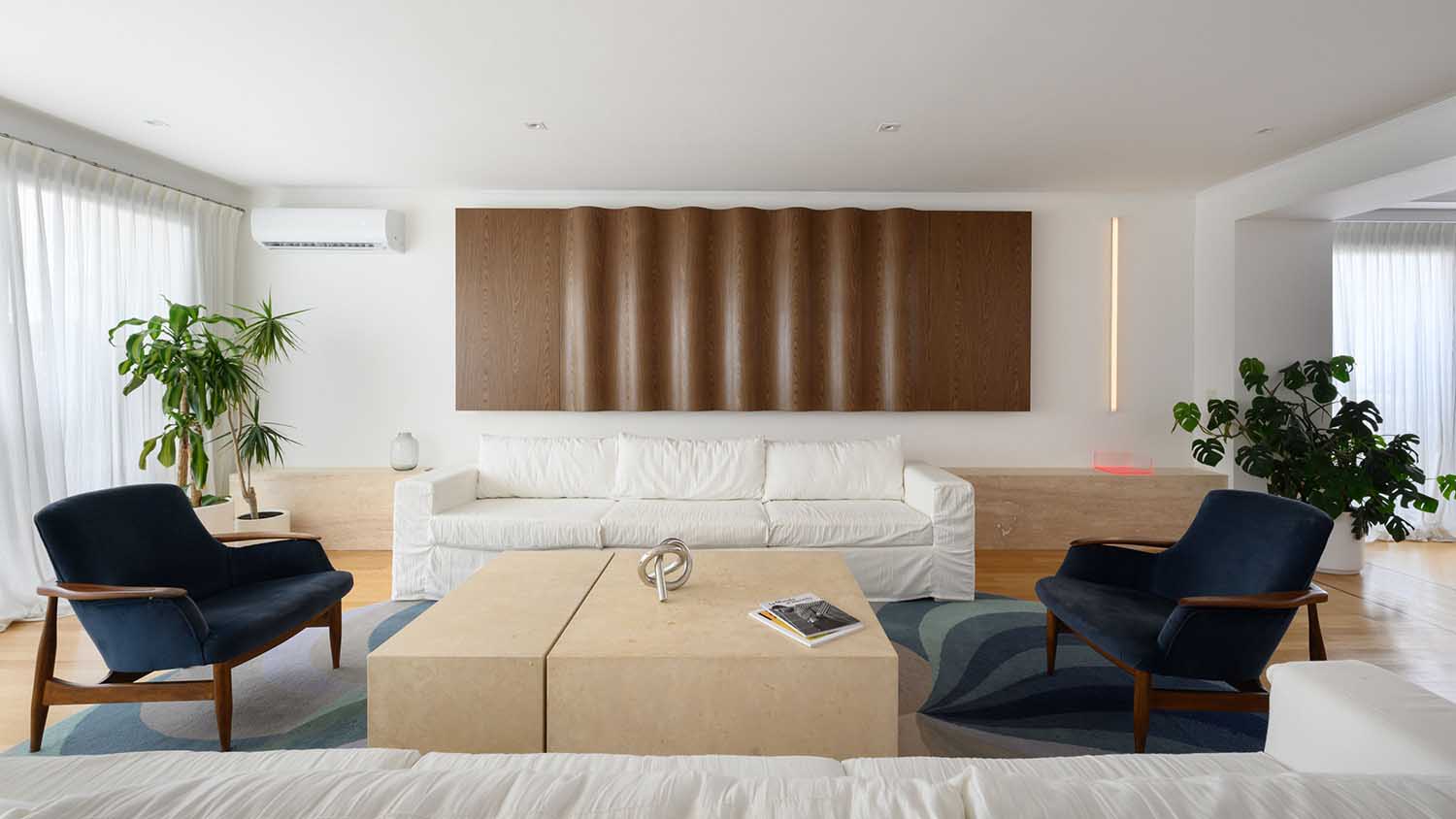
Having a relaxing space in our home is more important than ever. If there’s one thing the pandemic taught us, it’s that we need to be comfortable in our homes, and as we move out of that, other aspects of life are continuing the requirement of that, from economic and financial crises to political and environmental ones. So, the last thing we want when we get home from work is to be unable to settle down and relax.
We live in a world where stress levels are on the rise, while the likes of alcohol and drug rehabilitation centres globally are checking in record numbers. And while interior design with relaxation in mind isn’t going to wholly prevent that, having a relaxing space can aid in prevention of relapse or reduce stress levels significantly.
However, there are also mistakes that are made when it comes to designing our relaxing spaces at home. Here are the five most common you should look to avoid…

Clutter & Too Much Display
One of the biggest mistakes people make when trying to create a relaxing environment in their home is allowing clutter to accumulate. Clutter and tons on display can make a room feel cramped and chaotic, which can lead to stress and anxiety. To create a more relaxing environment, it’s important to declutter your home regularly. This means getting rid of anything that you don’t use or need, and thinking about how many cabinets and things you need on display, and what you can live without.
It’ll open up your room and you’ll feel the better for it.
Poor Lighting
It can be an easy mistake for anyone who isn’t adept at interior design to get the lighting wrong. In fact, when designing their home or space, neglecting to consider the lighting is so, so common. Poor lighting can make a room feel dingy and unwelcoming, which can affect your mood and overall sense of well-being. To create a relaxing environment, it’s important to incorporate a range of lighting options, such as ambient lighting, task lighting, and accent lighting. This will help to create a warm and inviting atmosphere in your home.
Using the Wrong Colours
Colour is an important factor in creating a relaxing environment in your home. However, many people make the mistake of using the wrong colours. Bright, bold colours can be stimulating and energising, which can make it difficult to unwind and relax. To create a more relaxing environment, it’s important to choose muted, calming colours for your walls and furnishings. Soft blues, greens, and greys are all great options for creating a calming atmosphere in your home.

Too Much Technology
We live in a smart home era, but it’s easy to get caught up in technology and forget to switch off. However, having too much technology in your home can actually make it more difficult to relax. The constant stimulation from phones, TVs, and other devices can make it hard to switch off and unwind. To create a more relaxing environment, it’s important to limit the amount of technology in your home. Consider creating a designated tech-free zone, where you can go to switch off and relax.
Overwhelming Patterns
Finally, and similarly to colour, many people make the mistake of using too many patterns in their home. While patterns can add interest and depth to a room, too many can be overwhelming and stressful. To create a more relaxing environment, it’s important to use patterns sparingly. Choose one or two patterns that complement each other, and use them in moderation.
Images from Echeverria Apartment by Siuk Studio – See the full story here



